Suborder Serpentes Subfamily Colubrinae Scientific name Cemophora coccinea Higher classification Cemophora Order Scaled reptiles | Subphylum Vertebrata Genus Cemophora Phylum Chordata Rank Species | |
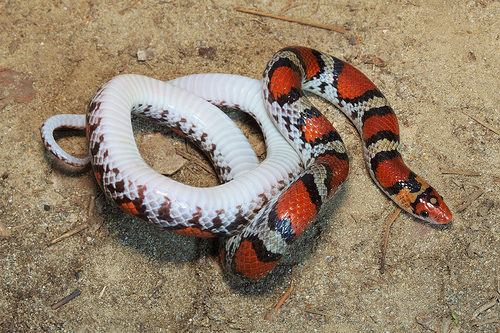 | ||
Lower classifications Cemophora coccinea copei, Cemophora coccinea coccinea, Cemophora coccinea lineri | ||
The scarlet snake cemophora coccinea
Cemophora coccinea is a nonvenomous species of colubrid snake commonly known as the scarlet snake. It is the only member of its genus. They are native to the southeastern United States. There are three subspecies of C. coccinea.
Contents
- The scarlet snake cemophora coccinea
- Description
- Behaviour
- Reproduction
- Geographic distribution
- Subspecies
- References
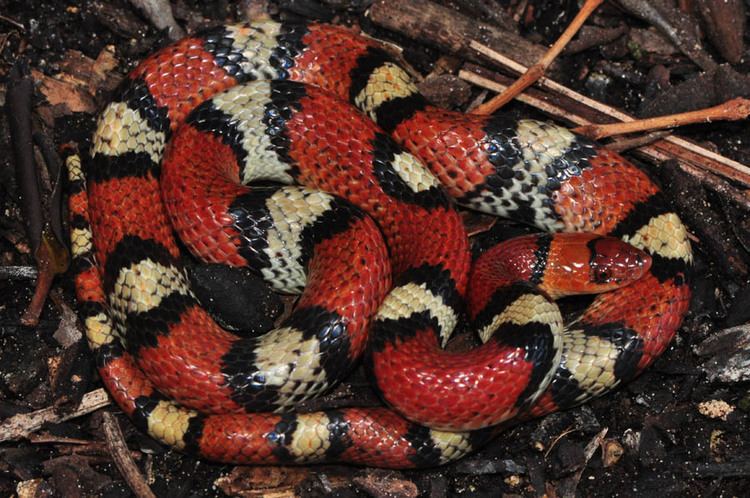
Description

Scarlet snakes are relatively small snakes, growing to a total length (body + tail) of 14-26 inches (36–66 cm) at adult size. They are a base light gray in color, with a series of black-bordered red blotches down the back. The belly is a uniform light gray color.
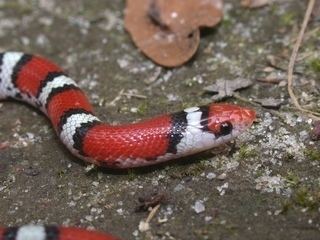
The dorsal blotches can extend down the sides of the body, appearing somewhat like banding, which sometimes leads to confusion with other sympatric species such as the venomous coral snakes or the harmless scarlet king snake.
Behaviour
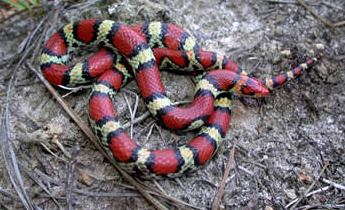
Scarlet snakes are nocturnal, and generally spend their day hiding under leaf litter or fallen logs, and venture out in the evenings to forage for food. They feed on lizards, small rodents, reptile eggs, and even other snakes.
Reproduction
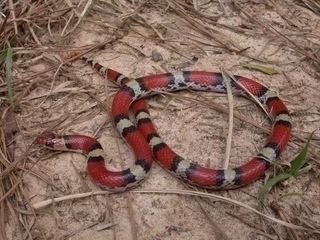
Scarlet snakes are oviparous, generally laying 3-8 eggs per clutch. Breeding occurs throughout the spring months, and eggs are laid throughout the summer and hatch in the early fall.
Geographic distribution
They are found only in the United States, in: southeastern Texas, eastern Oklahoma, Arkansas, Louisiana, Mississippi, Alabama, Georgia, Florida, South Carolina, North Carolina, Tennessee, Kentucky, Illinois, Indiana, Virginia, Maryland, and Delaware; with disjunct populations in New Jersey and central Missouri.
In Indiana, the scarlet snake is listed as an endangered species.
